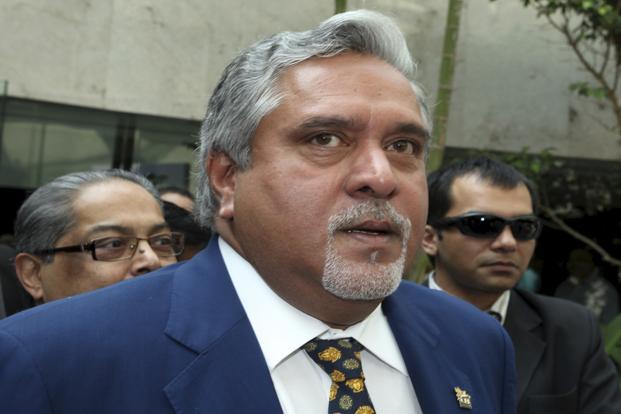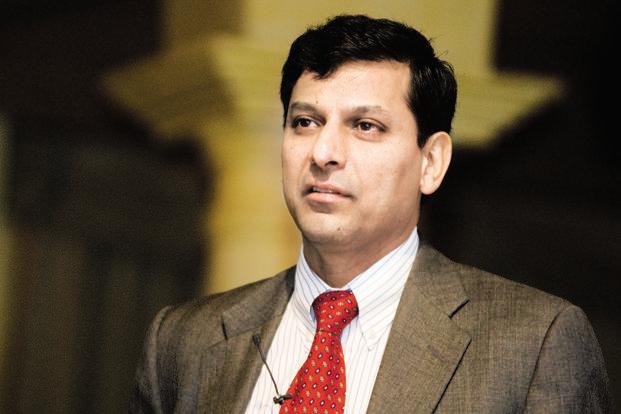The Gujarat high court has recently struck down a Reserve Bank of India (RBI) regulation on wilful defaulters which bars all directors of a defaulting company from accessing banking services for five years. A 162-page judgement on the wilful defaulter notice served on an Ahmedabad-based company by Punjab National Bank in 2013 finds it is “arbitrary and unreasonable” for RBI to restrict all the directors of companies declared wilful defaulters from banking facilities for any other ventures for five years. RBI, however, could debar promoters from accessing fresh money from banks for floating a new venture for five years. This is unlikely to strengthen Kingfisher Airlines Ltd’s promoter Vijay Mallya’s appeal against a wilful defaulter’s notice served by United Bank of India and yet, at the same time, the banks will not have a cakewalk against Mallya in courts. State Bank of India, too, wants to brand Mallya a wilful defaulter and soon other banks will join the fray. The banking system’s exposure to Kingfisher Airlines is around Rs.7,600 crore; so far, banks have recovered around Rs.2,000 crore by selling pledged shares. The concept of a wilful defaulter, first introduced in the Indian financial system in 1999, is not applicable to a state-run company; nominee directors of the government are also excluded from it. Immunity of the sovereign, I guess, can be challenged in a court of law.
Someone who has adequate cash flow, but is not willing to pay banks’ dues is a wilful defaulter. Siphoning off funds, falsification of records, removal of securities without a bank’s knowledge and fraudulent transactions by the borrower can also invite the tag which is applicable to those cases where the amount involved is at least Rs.25 lakh. The banks started reporting such cases from 31 March 1999 on a quarterly basis; the scheme was revised in 2002, following recommendations of a working group on wilful defaulters under the chairmanship of S.S. Kohli, then chairman of the Indian Banks’ Association. Once RBI gets the list of wilful defaulters from banks, it shares it with the capital markets regulator to deny a wilful defaulter access to the capital markets. The lenders are also expected to initiate criminal proceedings against wilful defaulters who are prevented from accessing money from the banking system for any new venture for five years. In other words, all credit channels dry out for a wilful defaulter. On top of that, the banks are expected to get the power to change their management.
Even the group companies which have offered guarantees or letters of comfort on behalf of the defaulting company are treated as wilful defaulter and meet the same fate. In a recent clarification, RBI has said that if a guarantor refuses to pay lenders despite having sufficient means to pay the dues, banks could declare such a guarantor a wilful defaulter. However, the new rules will apply only prospectively and not to cases where guarantees have already been taken.
United Bank of India has approached the court recently, but the bank unions have been demanding legal action against wilful defaulters for quite some time now. In December 2013, the All India Bank Employees’ Association (Aibea), the largest employees union, had said some 30 borrowers had wilfully defaulted to the tune of Rs.40,520 crore. Kingfisher Airlines tops the list, followed by Winsome Diamond and Jewellery Ltd. Other prominent names in the list include Electrotherm (India) Ltd, Sterling Biotech Ltd, Orchid Chemicals and Pharmaceuticals Ltd, Zoom Developers Pvt. Ltd, S Kumars Nationwide Ltd, Surya Vinayak Industries Ltd and Moser Baer and group companies. I cannot vouch for the veracity of the list. Later, in May this year, Aibea circulated an extended list of 400 loan accounts involving Rs.79,300 crore—all wilful defaults—and demanded a probe into the loan sanctioning process.
This is the crux of the problem: how could state-run banks give loans to these companies? Incidentally, they didn’t stop at giving loans; there have been occasions when they topped up old loans and threw good money after bad. For instance, in November 2010, a consortium of banks converted Rs.1,355 crore of Kingfisher Airline’s debt into equity, at a 61.6% premium to its market price. The bankers also stretched the period of repayment of loans to nine years with a two-year moratorium, cut the interest rates, and sanctioned a fresh loan. The banks did that even though it was well known that since its inception in 2005, Kingfisher has never returned a profit and between fiscal 2008-09 and September 2012, its accumulated losses reached Rs.8,015.8 crore. What was the compulsion to give fresh money to Mallya—the king of good times—who sponsors an IPL cricket team, owns a Formula One racing team, creates the popular Kingfisher calendar and has a big beer business? Was it a political compulsion or compassion?
RBI governor Raghuram Rajan told investors at a recent Citibank conference in Boston that the wilful defaulter tag is a powerful weapon in the hands of creditors for resolving distressed assets. Indeed, it is a powerful weapon, but not enough to tackle the rogue borrowers who are sure to drag banks to court. Over the past one-and-a-half decade, the banking system has devised ways to tackle recalcitrant borrowers—the Securitisation and Reconstruction of Financial Assets and Enforcement of Security Interest or Sarfaesi Act has been passed and debt recovery tribunals and asset reconstruction companies have been set up, but the smart companies know too well how to save their skin. There are only two ways to change the game: a tighter loan sanctioning process and a bankruptcy law to deal with failed companies. The good news is India may have a bankruptcy code for faster winding-up of insolvent companies before the end of the current fiscal year.



